A team of scientists in Japan shattered the record for the fastest internet speed by developing new fiber optics.
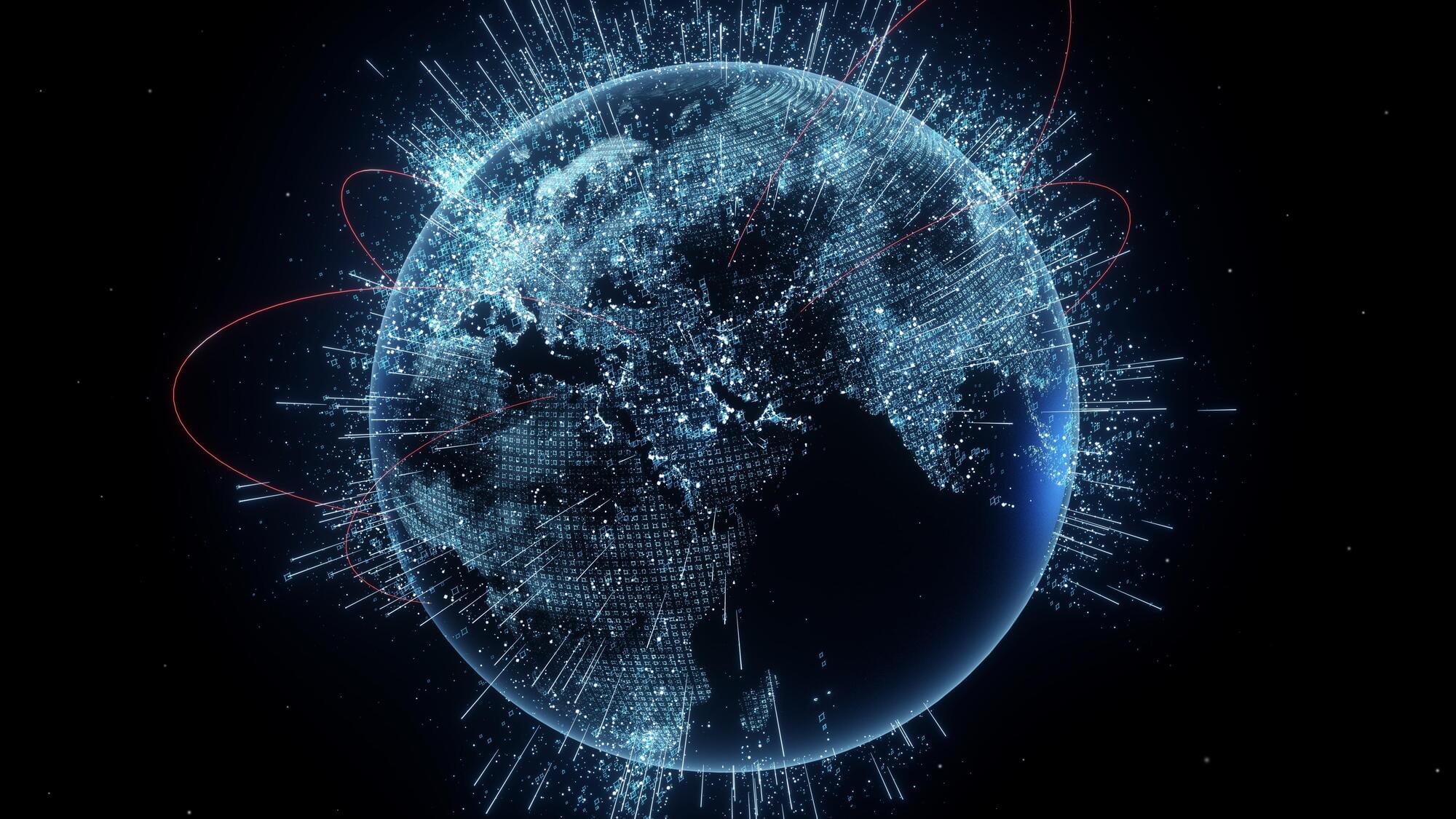

Tesla’s technological advancements and strategic investments in autonomous driving, particularly in its Full Self-Driving technology, are giving the company a critical and potentially insurmountable lead in the industry ## Questions to inspire discussion.
Tesla’s AI and autonomous driving advancements.
🚗 Q: When will Tesla’s Dojo 2 supercomputer start mass production? A: Tesla’s Dojo 2 supercomputer is set to begin mass production by the end of 2025, providing a significant advantage in autonomous driving and AI development.
🧠 Q: How does Tesla’s AI system Grok compare to other AI? A: According to Jeff Lutz, Tesla’s AI system Grok is now the smartest AI in the world and will continue to improve with synthetic data training.
🚕 Q: What advantages does Tesla have in autonomous driving development? A: Tesla’s Full Self-Driving (FSD) technology allows the company to collect and use real-world data for AI model training, giving it a significant edge over competitors relying on simulated or internet data.
Tesla’s Operational Excellence.


With so many people using devices that can be connected to the internet, reliably securing wireless communications and protecting the data they are exchanging is of growing importance. While computer scientists have devised increasingly advanced security measures over the past decades, the most effective techniques rely on complex algorithms and intensive computations, which can consume a lot of energy.
Researchers at Peking University, Southeast University, University of Sannio and other institutes recently introduced a new approach for securing communications both effectively and energy-efficiently, which relies on a reconfigurable metasurface with properties that are modulated by chaotic patterns.
This approach, outlined in a paper published in Nature Communications, is based on an idea conceived by the senior authors Vincenzo Galdi, Lianlin Li and Tie Jun Cui, who oversaw the project. The idea was then realized at Peking University and Southeast University by junior authors JiaWen Xu Menglin Wei and Lei Zhang.
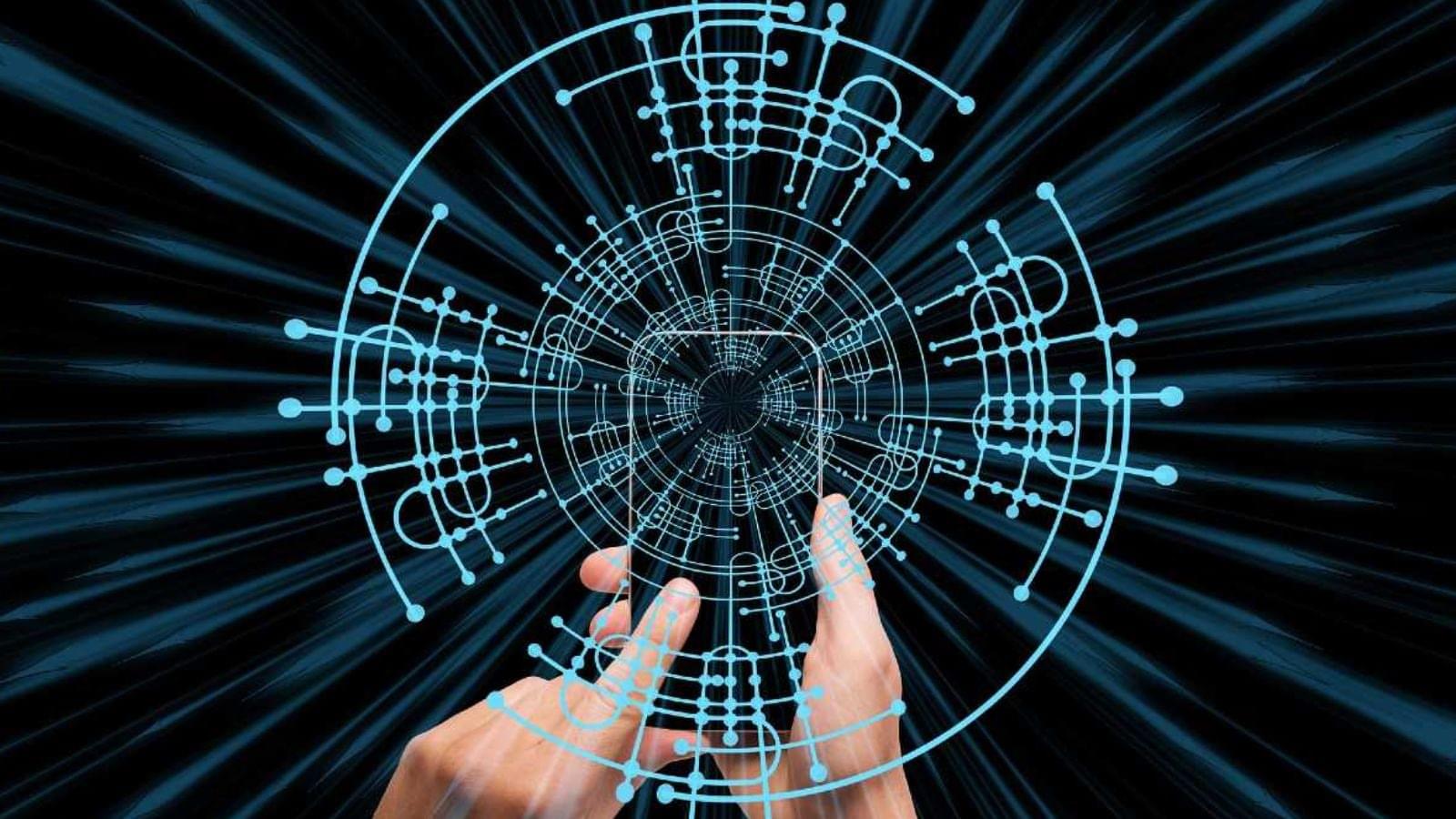
Japan has set a new world record for internet speed, reaching 1.02 petabits per second, according to the country’s National Institute of Information and Communications Technology (NICT). That’s fast enough to download the entire Netflix library or the English version of Wikipedia thousands of times in just one second.
To compare, this new speed is 16 million times faster than India’s average internet speed of about 63.55 Mbps and 3.5 million times faster than the average internet speed in the United States, based on current data.

Quantum networking is being rapidly developed world-wide. It is a key quantum technology that will enable a global quantum internet: the ability to deploy secure communication at scale, and to connect quantum computers globally. The race to realize this vision is in full swing, both on Earth and in space.
New research, in collaboration between Igor Pikovski at Stevens Institute of Technology, Jacob Covey at the University of Illinois at Urbana-Champaign and Johannes Borregaard at Harvard University, suggests that quantum networks are more versatile than previously thought.
In the paper titled “Probing Curved Spacetime with a Distributed Atomic Processor Clock”, published in the journal PRX Quantum, the researchers show that this technology can probe how curved space-time affects quantum theory —a first test of this kind.
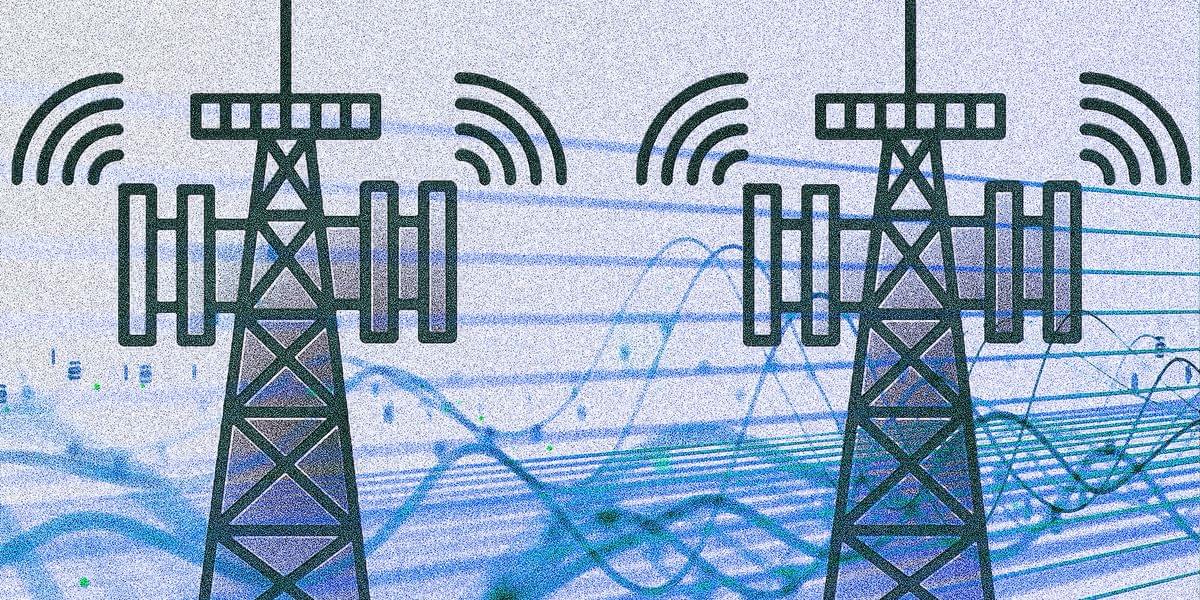
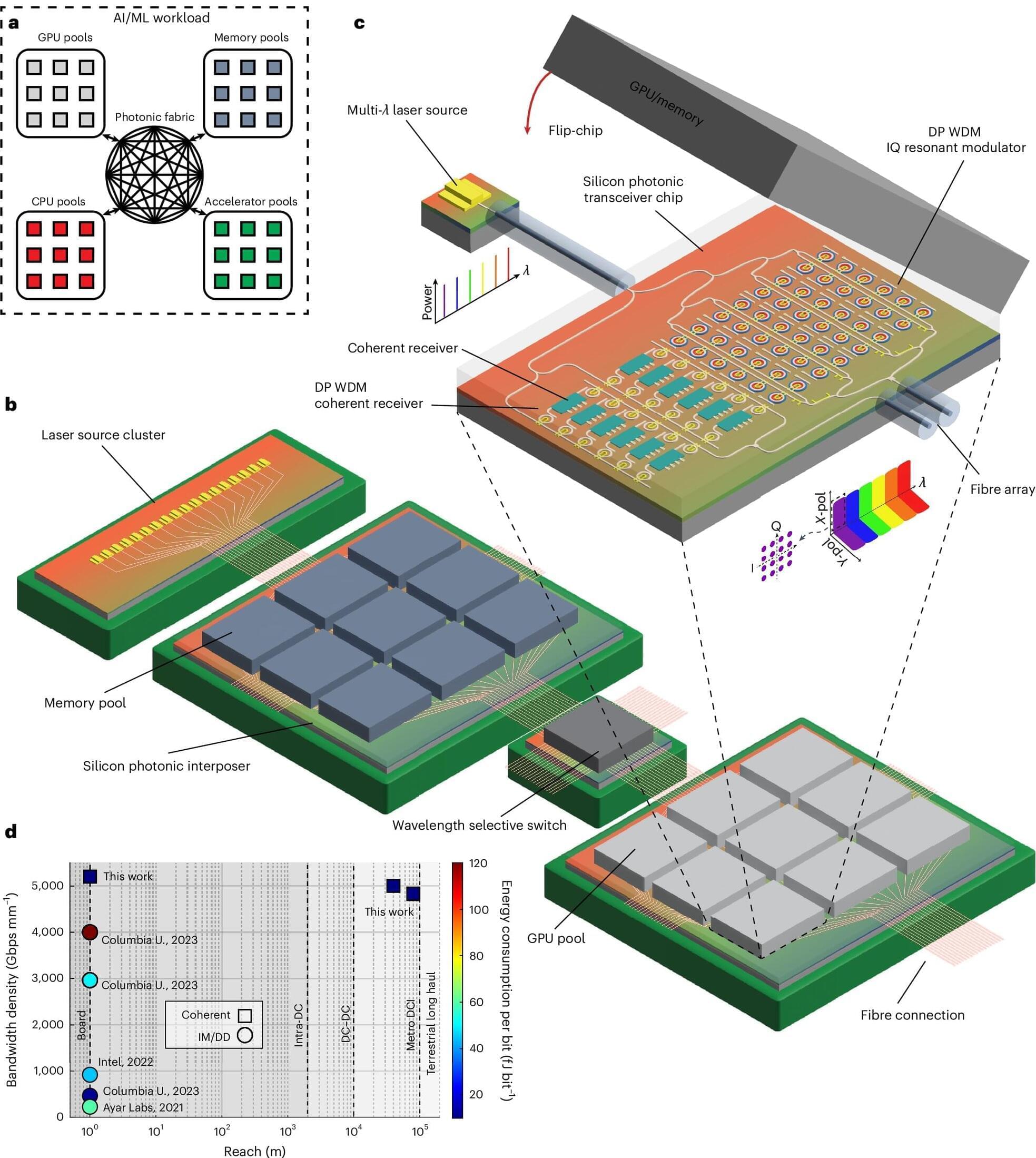
Artificial intelligence systems like ChatGPT are notorious for being power-hungry. To tackle this challenge, a team from the Center for Optics, Photonics and Lasers (COPL) has come up with an optical chip that can transfer massive amounts of data at ultra-high speed. As thin as a strand of hair, this technology offers unrivaled energy efficiency.
Published in Nature Photonics, the innovation harnesses the power of light to transmit information. Unlike traditional systems that rely solely on light intensity, this chip also uses the phase of light, in other words, its shift.
By adding a new dimension to the signal, the system reaches unprecedented performance levels, all while maintaining a tiny size. “We’re jumping from 56 gigabits per second to 1,000 gigabits per second,” says Ph.D. student Alireza Geravand, the first author of the study.
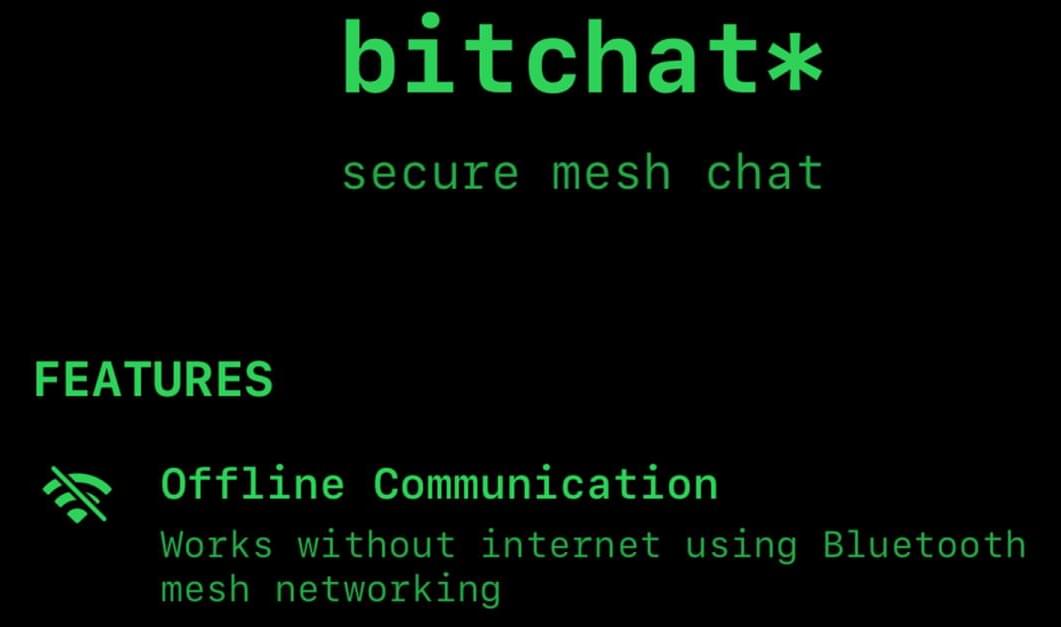
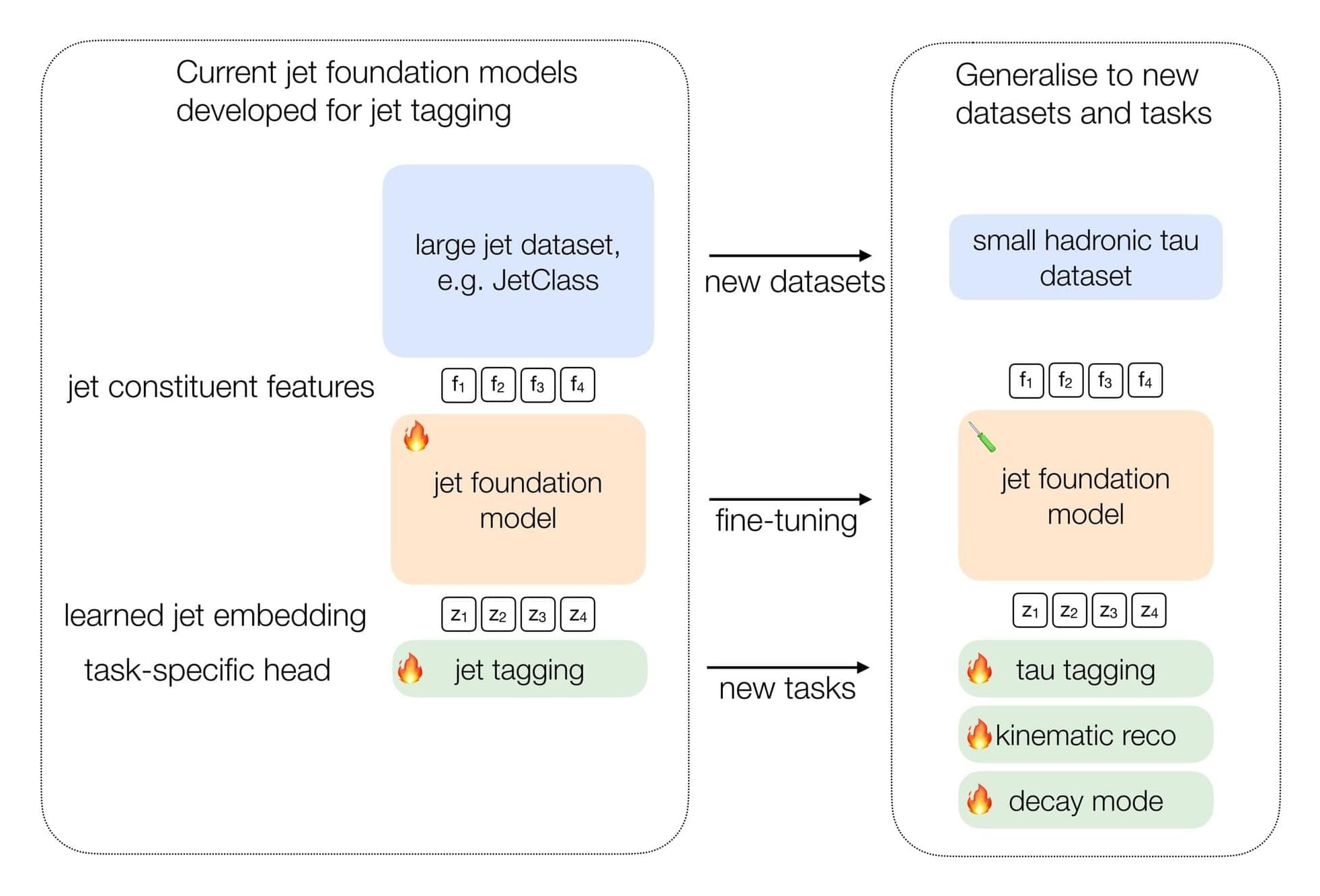
Simulating data in particle physics is expensive and not perfectly accurate. To get around this, researchers are now exploring the use of foundation models—large AI models trained in a general, task-agnostic way on large amounts of data.
Just like how language models can be pretrained on the full dataset of internet text before being fine-tuned for specific tasks, these models can learn from large datasets of particle jets, even without labels.
After the pretraining, they can be fine-tuned to solve specific problems using much less data than traditional approaches.